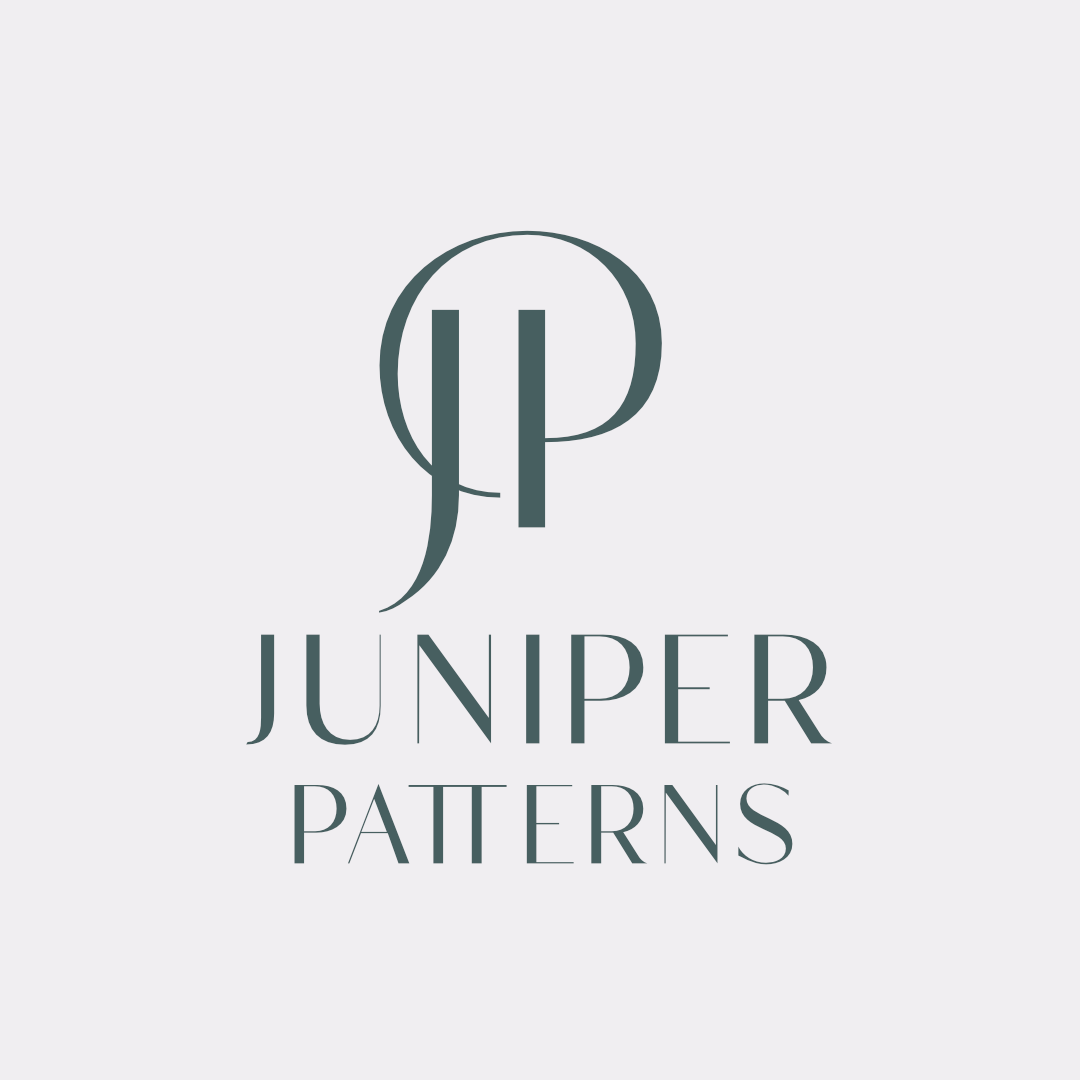Learning to Sew for Beginners Part 3: Using and Understanding Sewing Patterns
Now that you have your machine set up and ready to go, you’ve gotten to know how all the buttons and knobs work, and you’ve tested your stitching on some scrap fabric, you’re ready to move on to an actual sewing project and for that you will need a pattern. Fun fact: I sewed my very first dress without a pattern. I was too scared to use one, so I just copied what I saw from some ready to wear dresses, guessed how big things should be based on my measurements, and went for it. To be honest, it didn’t turn out that bad, and I learned a lot, but I would not suggest taking my path.
Sewing patterns seem complicated (especially the tissue ones from the craft store) but they aren’t really that hard to understand. All patterns consist of:
Pattern Pieces: These are the paper templates that you cut out and use to trace your fabric. Each piece represents a part of the garment, such as a sleeve, bodice, or collar. Usually the pattern will indicate how many of each piece to cut.
Instructions: Sewing patterns come with detailed instructions on how to assemble the garment. These instructions guide you through the sewing process step by step, from cutting out the fabric to finishing touches like hemming and attaching closures.
The instructions also include information on the type and amount of fabric needed, as well as any additional materials such as zippers, buttons, or interfacing.
In addition to pattern pieces and instructions, sewing patterns also contain various markings that are crucial for successful garment construction. These markings provide important information and guidance throughout the sewing process:
Grainline: Usually a straight line with arrows on either end. This indicates the direction in which the pattern piece should be placed on the fabric, ensuring that the fabric's grain (i.e. the direction of the weave) aligns with the intended orientation of the garment.
Notches: Notches are small triangles or dashes along the edges of pattern pieces. They help you align and match up different pieces of the garment during assembly, ensuring that everything fits together correctly. How you mark your notches is up to you. Some people like to clip them with a small pair of scissors, others like to mark them with fabric pen/chalk.
Dots: Dots are often used to indicate specific points, such as the start and end of a dart or the placement of pockets or closures. These should be transferred to your fabric with washable pen/chalk.
Fold Lines: These lines indicate where the fabric should be folded, either for cutting on the fold or for creating folds or pleats in the finished garment.
Seam Allowance: Seam allowance is the amount of extra fabric beyond the edge of the pattern piece that is included for sewing seams. Some patterns have the seam allowance already included, while others require you to add it yourself when cutting out the fabric. Generally it will not be marked on the pattern pieces, but you need to be aware of what it is and if it is included in your pattern (most modern patterns include it).
That’s it! If ever you come across a marking that you don’t understand, check your instructions for a key or legend that will explain the symbols. Cut your pieces as indicated, using the lines on the pattern as a guide, transfer notches and dots and then you’re ready to sew!
